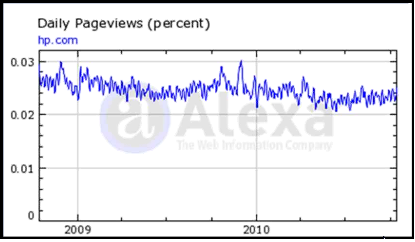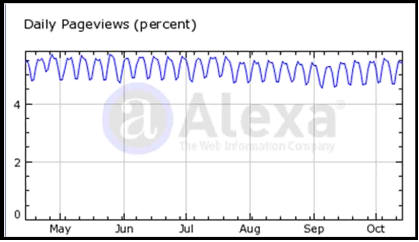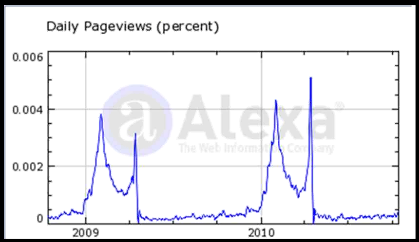Joe Weinman is well known in the cloud computing community as the founder of Cloudonomics. Presenting complex simulation tools, Weinman characterizes the sometimes counterintuitive business, financial, and user experience benefits of cloud computing including its on-demand, pay-per-use and other buisness aspects. Last month I had the pleasure of participating in Weinman’s webinar. Weinman discussed several interesting points which I would like to share with you.
Weinman started by contradicting what seem to be the fundamental assumptions regarding the Cloud and its benefits. There was nothing radical about what I heard but it made me think and challenge all the things I took for granted –
1 – Cloud is a brand new technology and business model > > > The same business model and attributes are being applied in hotels, rental car services, etc’.
2 – Cloud encompasses services accessed over the web via browser > > > The cloud is a general architecture module and the Web/IP/Browser (is as important as they may be) are far from telling the whole story. There are other types of networking technologies such as Optical Transport MPLS and VPLS that need to be leveraged to unlock the value of the cloud. You don’t necessarily need to use a browser to get services in the cloud (examples include – audio conferences, webinars, M2M etc.)
3 – Large clouds have great economies of scale > > > Not completely true because today the large cloud providers are using the same architecture that is available for any enterprise, therefore there is no major benefit from their scale in terms of economy. However, they do benefit from other characteristics like scalability, geographic dispersion and statistic of scale.
4 – IT is like electricity, so all IT will move into the cloud > > > IT is not like electricity, from the economic perspective, electricity has the benefit of the economies of scale. While IT decisions are complex and the economic decision on how much of your IT to keep in the enterprise and how much to put in the cloud is based on numerous factors such as flexibility, cost, nature of the application etc.
5 – It’s important to replace CAPEX with OPEX > > > It is not always important to do so and it very much depends on financial decisions that the company makes regarding its financial and funding activities.
6 – Cloud cost reduction will drive lower IT spending > > > Weinman mentioned the Jevons paradox effect, is the proposition that technological progress that increases the efficiency with which a resource is used tends to increase (rather than decrease) the rate of consumption of that resource.
Joe refers to the argument (from his work) that “The mathematical proof of the inevitability of cloud computing” is the economic rationale for hybrid. He demonstrated demand variability of several corporations as you can see below:
Example 1: HP.com – There is not so much variability

Example 2: Large search provider – Weekends Vs. Monday to Friday

Example 3: Tax preparation firm– Growth of the early filers and then April 15th (tax day in the USA) drop to 0 on the 16th of April.

In the second part of his lecture, Weinman demonstrated six optional cases for cloud deployment including detailed calculations for the IT environment costs. He defines a variable U which is the relation between the cost of resources in the cloud (pay-per-use) and a pure dedicated IT solution. For example if U<1, that is, the utility premium is less than the unity, a pure pay-per-use solution costs less than a pure dedicated solution. In the Part 2 we will present those six options in details and will be able to give you a great insight about your hybrid cloud plans.
Stay Tuned !
Nir.
The author of this article is Nir Peled, a reporter and a contributor `I Am OnDemand` .
![]()
